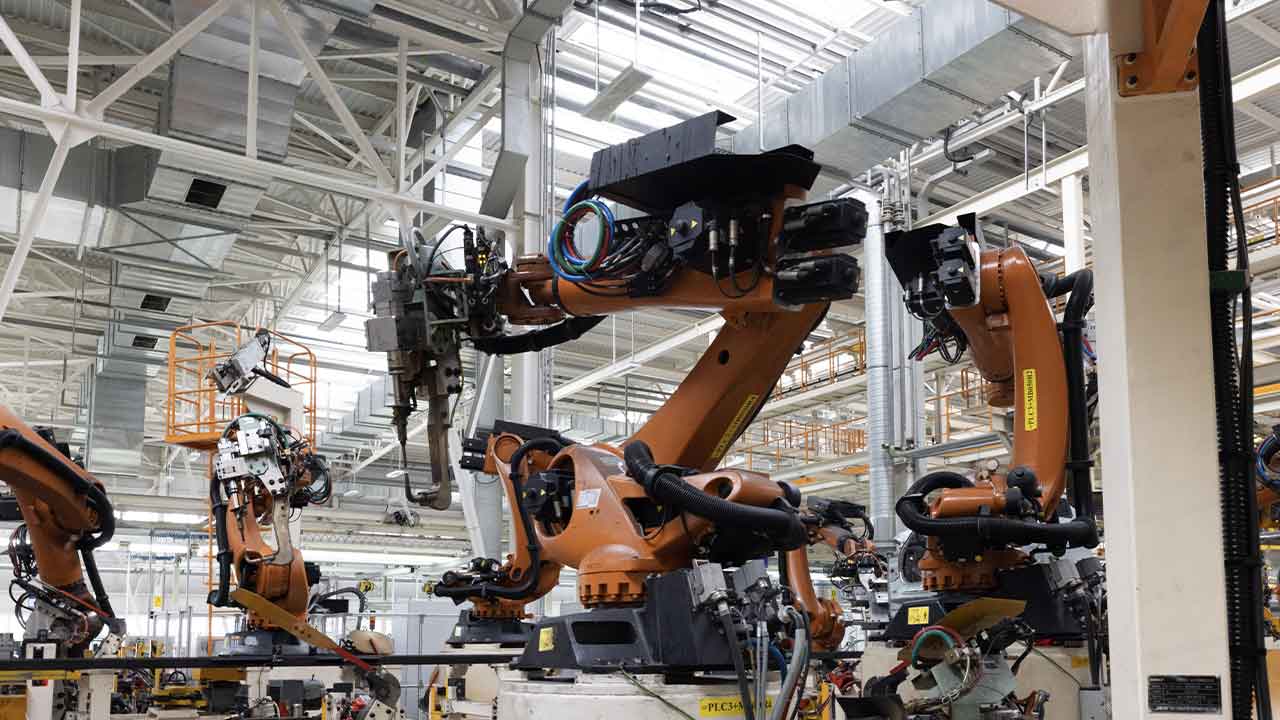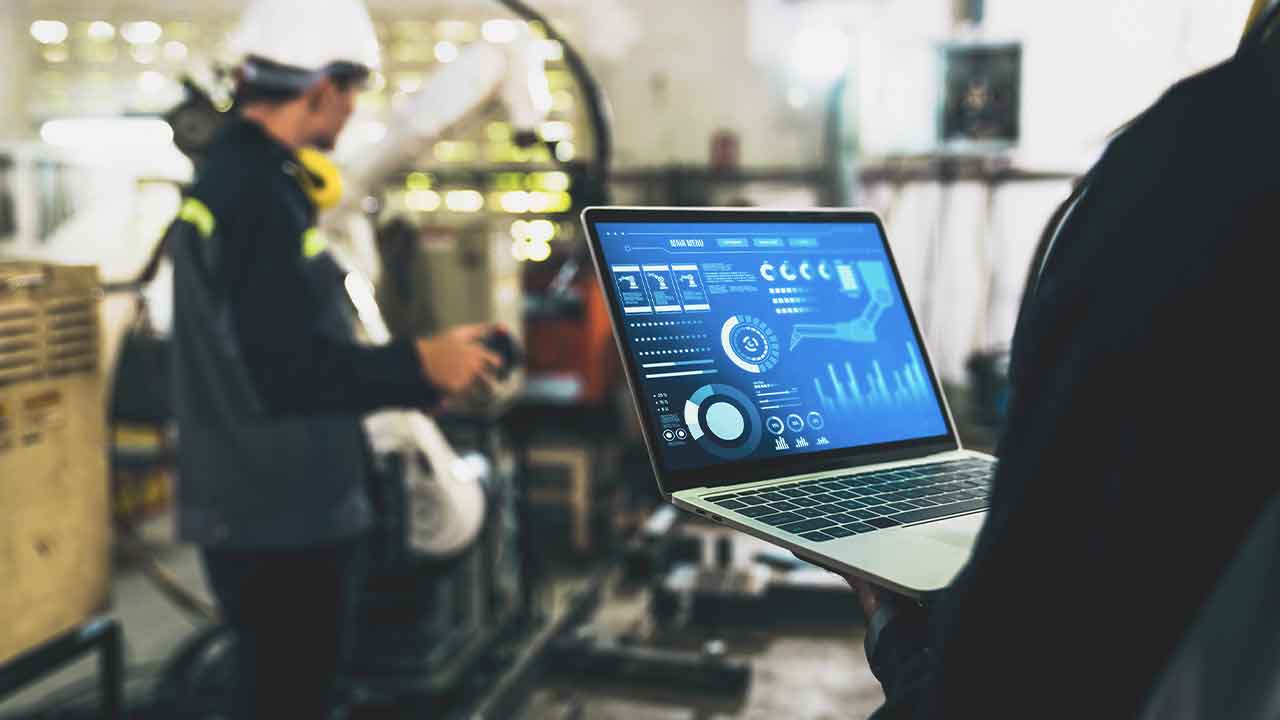Why Technology is Crucial For Sustainable Workplace Safety
The onset of COVID-19 has shined a stark spotlight on a previously complacent attitude to workplace health and safety. Amidst spiralling infection rates and provincial lockdowns, long-standing workplace safety procedures have been strained under the impact of an invisible and deadly virus. It should be clear by now that what went before is not fit for purpose, as businesses switch back on and workers set foot back on shop floors.
With the pandemic set to linger into the long term, business leaders must rethink their brick-and-mortar setups and internal safety protocols. A new approach must be combined with new technology. More specifically, the utilization of data and analytics, which is something that new and innovative technology devices can offer, allows potential infections and hazards to be detected and mitigated with greater precision than ever before.
Before the virus, a lack of adequate data had been singled out as a hindrance to workplace wellbeing. Reward and Benefits Association (REBA) in their 2019 survey found that limited availability of data and poor quality of data, were hampering the effectiveness of workplace wellbeing. A lack of data meant a fuzzy picture of where the real risks were.
Add a traceless and invisible virus to this dynamic, and the stage is set for a storm in viral spread through workplaces. A report from Deloitte gives an unsettling assessment of what this has meant for Canadian businesses: ‘Workplace injuries cost Canadians nearly $20 billion annually. While claims for total lost time decreased in absolute number by 22% between 1999 and 2010, benefit costs soared by over 47% for the same period.’
For an effective strategy to combat lingering COVID-19, alongside other potential health hazards, leaders must level up their internal safety arrangements.
Modern analytics can be used to measure and predict workplace problems. Analytics are currently being used to calculate the likeliness of particular injuries, and what times of day or tools have the highest accident rates. The Deloitte report quoted earlier was unequivocal in its recommendations: ‘Through the application of predictive modeling techniques, organizations can begin to identify the driving factors of workplace incidents with the goal of developing effective prevention strategies.’ By giving a quantifiable picture of where the risks might be in an organization, analytics stand to save managers time and money by reducing sickness costs.
Analytics can be combined with data-driven app software. This allows modern safety hardware — such as facial temperature screening — to provide a real-time assessment of a workplace’s safety. Entranceway health screening devices use thermal scanning technology, localized applications and advanced analytics to track employee health early and allow line managers and business leaders to identify signs of workforce illness before they can cause major disruptions to staff and operations.
About the Author
 Chad Rissanen is Chief Revenue Officer at Tevano, the developer of Health Shield™, an innovative, AI-driven, electronic device that provides instant body temperature scanning and notifies users if they need to wear a face mask.
Chad Rissanen is Chief Revenue Officer at Tevano, the developer of Health Shield™, an innovative, AI-driven, electronic device that provides instant body temperature scanning and notifies users if they need to wear a face mask.



